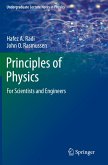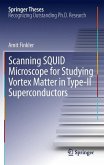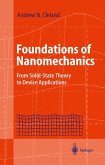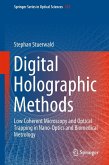During the last few years cavity-optomechanics has emerged as a new field of research. This highly interdisciplinary field studies the interaction between micro and nano mechanical systems and light. Possible applications range from novel high-bandwidth mechanical sensing devices through the generation of squeezed optical or mechanical states to even tests of quantum theory itself. This is one of the first books in this relatively young field. It is aimed at scientists, engineers and students who want to obtain a concise introduction to the state of the art in the field of cavity optomechanics. It is valuable to researchers in nano science, quantum optics, quantum information, gravitational wave detection and other cutting edge fields. Possible applications include biological sensing, frequency comb applications, silicon photonics etc. The technical content will be accessible to those who have familiarity with basic undergraduate physics.
"It covers both classical and quantum aspects of optomechanics, with a good balance between theory and experiment. ... an authoritative introduction to optomechanics that will serve the needs of graduate students and more experienced researchers interested in moving into the fast-growing field. Cavity Optomechanics provides an introduction to many of the most interesting experimental systems ... ." (Pierre Meystre, Physics Today, April, 2017)








